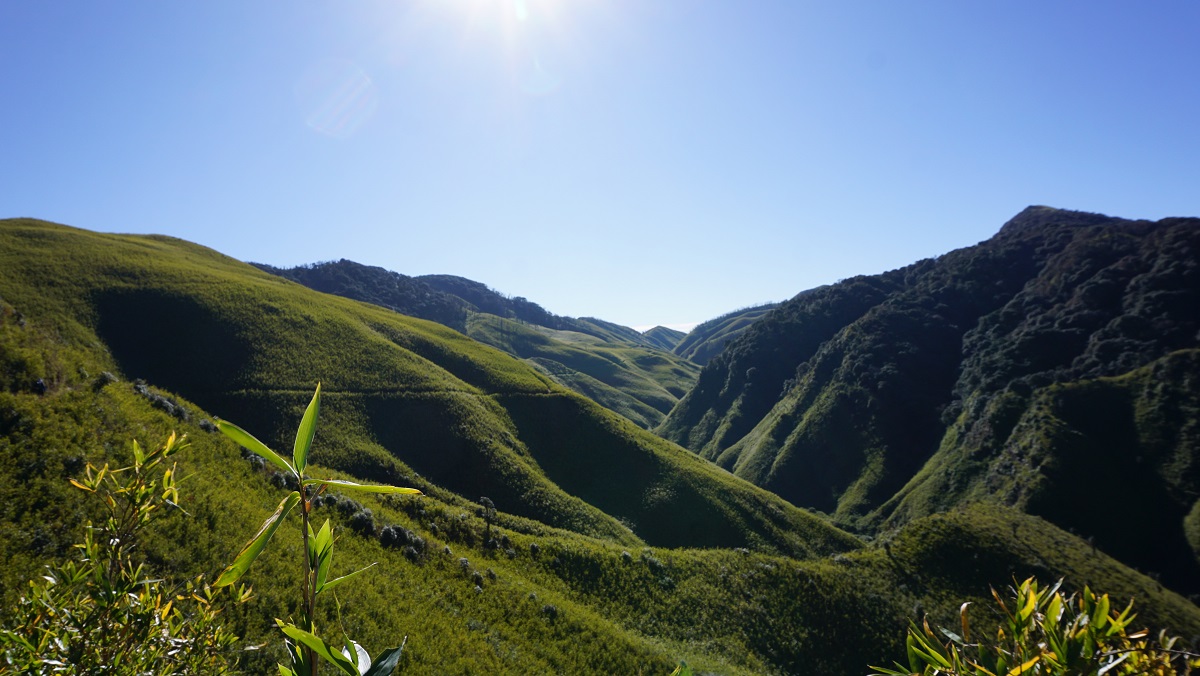
Trip to the Northeast: A Magical Mystery Tour
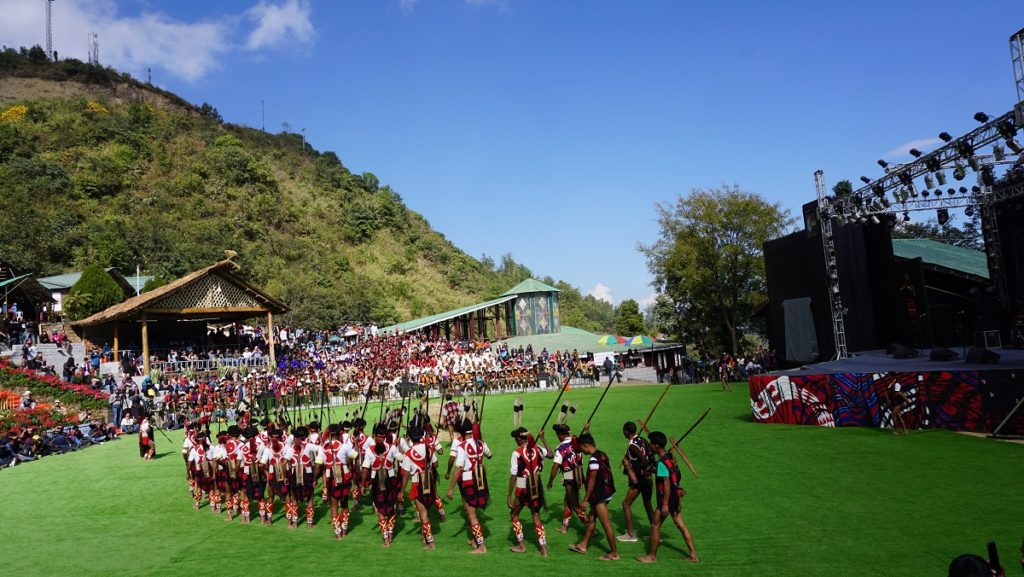

A tour through Northeast India is often overlooked by travellers because of the distance and expense of travel to this remote part of India. Secondly, unlike Rajasthan, the sightseeing highlights of this region are scattered over a large area making the trip a larger investment in time and effort. However it is such a fascinatingly different culture and geography that it has to be on your bucket list.
This article originally appeared in the March 2020 edition of Vistara Inflight magazine. You can view the original article here.
Wild Mahseer: Assam is synonymous with tea growing and tea tourism now affords the visitor a unique experience which evokes a fabulous colonial past combine with a relaxing holiday in a soothing plantation setting. A pioneer effort is Wild Mahseer (www.wildmahseer.com) 25 KMs from Tezpur where the former residential homes of the Addabarie Tea Estate have been converted into six luxury bungalows spread over 22 acres of leased plantation land. The premier experience would be to stay in the most luxurious of the six, the Burra Bungalow (which used to be the residence of the Chief Visiting Agent) with its palatial lawns overlooked by a spacious lounge which backs onto a private study, dining room for six, drawing room and three bedrooms. It is a masterpiece of elegant design and gracious living from a bygone colonial age. Food is brought in on a trolley and is always a sumptuous treat led off by shorshe fish or coriander chicken and accompanied by several different types of organic vegetables, dal, rice and breads. One is waited upon hand and foot by the unobtrusive and well-trained domestic staff. If you stay in one of the other bungalows then food is served in the First Flush dining pavilion which is a converted tractor shed.
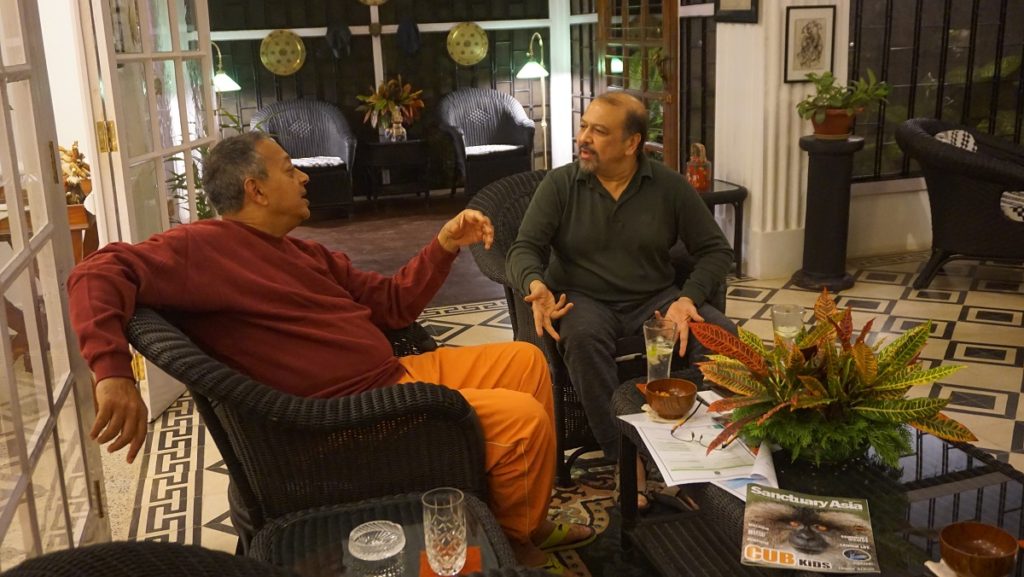

In and around Wild Mahseer are a variety of activities and experiences one could engage in. Guided by an expert you can opt for an immersive experience on the process of how tea is grown, collected and dried in a traditional factory then packed and sold in the market. You can go dolphin watching on an open country boat on the broad sweep of the Brahmaputra. They are hard to spot but keep your eyes peeled and you will be rewarded with a glimpse of a glistening fin or a rounded back as these beautiful creatures break the green surface. The Nameri National Park is a birder’s paradise and well worth a visit and you are likely to see a profusion of colourful avians as you walk through the lush tropical forest including the hornbill, rollers, orioles, pigeons and woodpeckers. Don’t be alarmed by the shotgun that your guide will carry; it is merely a precautionary measure in the highly unlikely event that you surprise a wild bison or tiger.
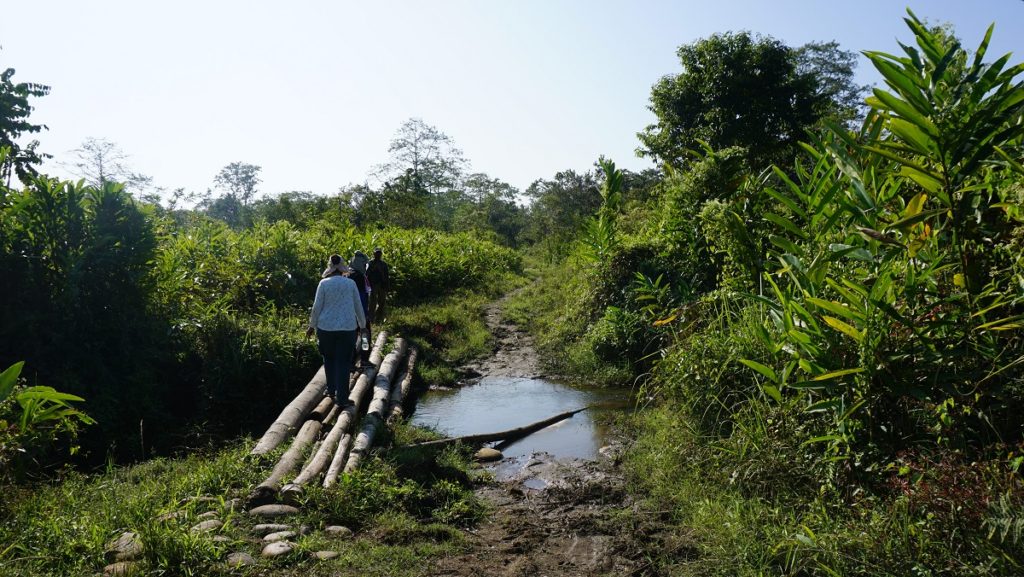

Take time to see how the ethnic tribes live by paying a visit to the Mising tribal village where you will be taken around by the patriarch Kamison Mili. Each of the thatched huts is raised up on a platform of bamboo stilts to keep the predators away and everything is very clean and green with each household cultivating and rearing whatever they need for their own food requirements. You can also opt for a homestay visit if you want to know more about the Mising way of life and sample their cuisine or take a weaving or cooking class. River rafting on the Jia Bhoroli tributary is best avoided. It is likely to be a disappointing experience for true rafting enthusiasts and is nothing more than a joyride on a beaten up old raft sitting on wooden cross-planks while two guides do all the actual paddling work.
Kaziranga National Park: At the heart of any trip to Assam must be a visit to Kaziranga which heads the list of unique wildlife experiences. It is most famous for the endangered Indian rhinoceros and is home to more than 2400 of them, far more than any other park in the region. Every wildlife park in the world worth its salt now boasts of its own Big Five and besides the rhino, these would be the tiger, the Asiatic buffalo, the wild elephant and the swamp deer for Kaziranga. However spotting a tiger in Kaziranga would be an incredibly lucky strike because there are so few of them (111) relative to Kaziranga’s 430 sq. Km and because they can hide easily in the dense grasslands and thick forest. So lower your expectations and consider the trip a success if you see the rhino and some of the others. A herd of wild buffalo can be quite fascinating because of the magnificent sweep of their symmetrical horns in a perfect crescent and their grazing is always accompanied by a grooming detail of white egrets.
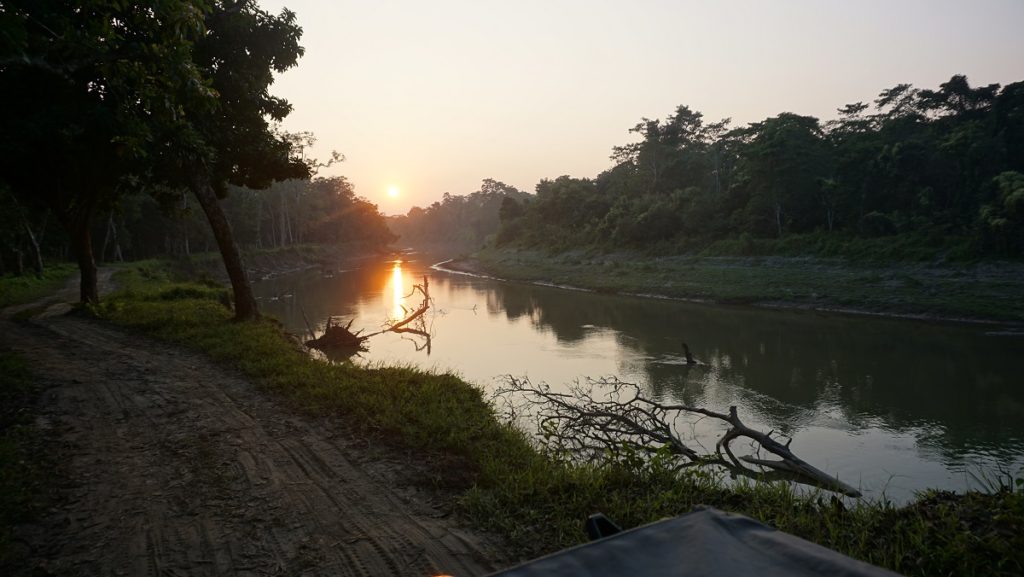

There are two options to explore the park by elephant and by jeep and both types of safari have their pros and cons. The elephant ride is certainly an exciting one but requires a very early start. There are two rides starting at the Baguri gate at 5 am and 6 am and which one you get assigned to by the forest department is pretty much the luck of the draw. The earlier start is preferable as the animals are just rising from their slumber and therefore more likely to be caught unawares. The ride lasts about an hour and costs Rs 1000 per head with four riders assigned per steed. The advantage of the elephant is that you can go off-trail and plunge through the dense undergrowth in search of prey. And you will find it as fascinating to observe the behaviour of your giant mount as it transports you and simultaneously feeds itself from the surrounding foliage. Be prepared to reward him or her with a giant bunch of sweet bananas when you dismount – the elephant will remember you for it!
The jeep safaris are at 8 am and 3 pm and you have the choice of entering through the Baguri (Western), Kohora (Central) or Agartoli (Eastern) gates. This will cost you about Rs 3000 which includes the vehicle rental fee and the park entry fees and lasts about three to four hours. So if you are four people or more, the jeep safari is much better value for money and you will cover a greater area and for a longer period of time. Kaziranga is also home to a vast range of birdlife so take along a good pair of binoculars to observe the herons, pelicans, quail, eagles, Ruddy Shelducks and several others that can be found in and around the many beels or wetlands.
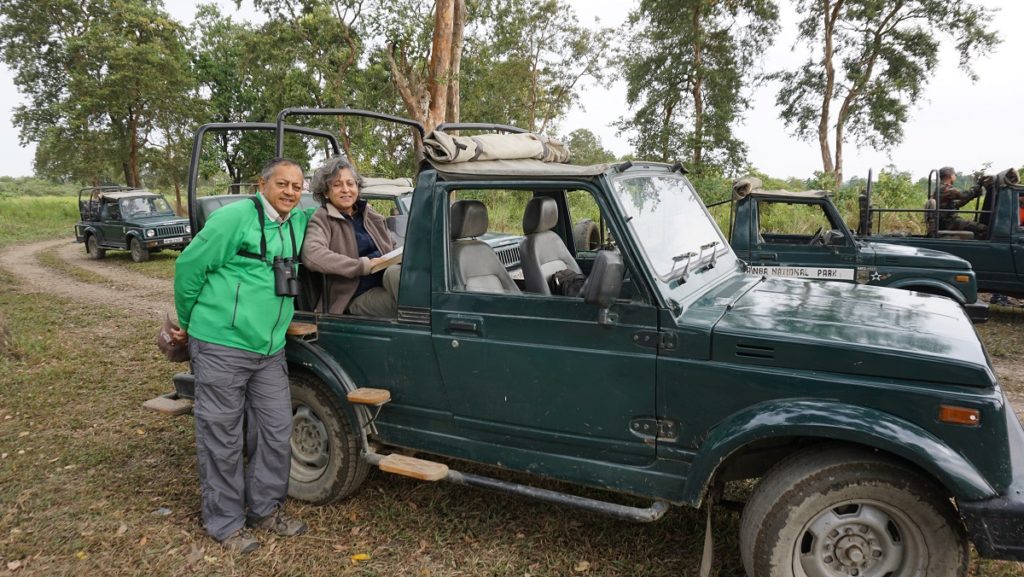

The Hornbill Festival: Every year Kohima, the capital of Nagaland comes alive with the Hornbill Festival held in the first ten days of December. This is a colourful, loud and vibrant celebration of Naga life and culture and, besides the local audience, now attracts over 60,000 visitors drawn from every corner of India and many different parts of the world. What strikes the visitor most is how warm, casual and friendly the festival is with no intense security gauntlet to be endured and an unbelievably low entry fee of Rs 20. You will love the ability to mingle freely with the performing tribesmen with their cheerful dispositions and they are always ready to pose for selfies.
The centrepiece of the festival is the individual dance performances by the 16 distinct Naga tribes held in the main arena in a morning session and then again after lunch. It is hard to describe the amazing explosion of noise and colour as the half-naked tribesmen prance around in their resplendently coloured native dress brandishing spears and daos. Their loud shrieking war cries almost drown out the voice of the commentator who explains patiently what the dance signifies. What is unmistakable is how much fun they seem to be having themselves and their infectious enthusiasm immediately captures the audience. There is absolutely nothing muted or nuanced about the Naga cultural experience so just go with the flow and enjoy yourself – a couple of days is sufficient to take it all in !
The Hornbill festival also has a wide range of arts and crafts for sale on display at the Bamboo Pavilion ranging from the classic red-black-white shawls to rows of glittering beads, necklaces and amulets. Further up the slope each tribe has a morung or Naga hut where you can try the local speciality of smoked pork in bamboo shoot with rice beer. Naga food is quite raw and potent in its appeal and be careful of the spices which can sear your tongue! It is rare to find a Naga without a musical tongue in their head and small amateur rock groups will keep you entertained in the evenings at club venues scattered throughout Kohima. Try and catch the Tetseo Sisters in performance – the natural beauty, charm and singing talent of these musical siblings will capture your heart.
Kohima War Museum and Cemetery: During World War II, Kohima which was on the frontline of the British Empire was the scene of some of the most savage fighting between the British Indian Army and the Japanese Army. The Battle of Kohima was a decisive turning point in the war in that it ended with the first major defeat suffered by Japanese forces in the Burma theatre and thwarted their ambitious plans to invade India. However it is not as often remembered as it should be because of the complicated narrative: Indian troops were fighting under their British masters not for some abstract idea of freedom but in the cause of an independent India free of the colonial yoke. Known as the Stalingrad of the East, historians rank this incredibly intense battle as Britain’s greatest ever in WWII
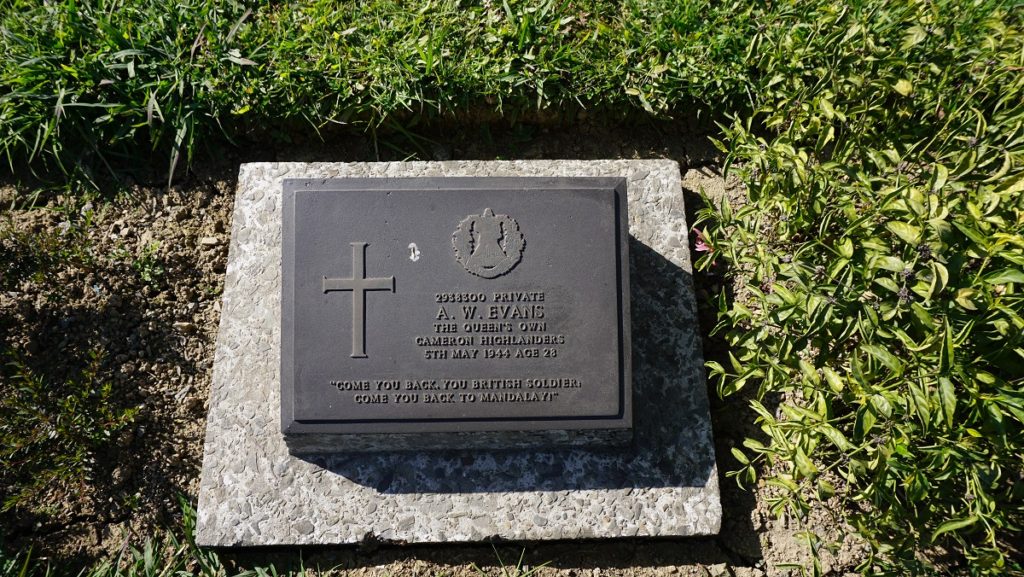

Start by paying a visit to the Kohima War Museum which captures the gripping day-by-day narrative of 16 crucial days in April 1944 during which the lone British 161st brigade held off much larger numbers of Japanese troops comprising the 31st Infantry Division who had laid siege to the Kohima ridge. At the eleventh hour they were relieved by the British 6th brigade and the starving Japanese troops were forced to retreat, having tasted defeat for the first time. There are a wide selection of British Army arms, maps, medals and uniforms placed on display but unfortunately without much attention to detail. Even the interesting war documentary that plays in the background is spoilt through poor acoustics and badly positioned display cases which obstruct the screen.
Much more interesting is a visit to the Kohima War Cemetery beautifully maintained by the Commonwealth War Graves Commission. Here are the graves of the British and Indian servicemen who lost their lives in the defence of Kohima numbering 2,300 in all. The British and Muslim soldiers are commemorated through simple though elegant bronze plaques laid out in neat rows and terraces while the names of their Hindu and Sikh compatriots are inscribed on a separate memorial at the top of the cemetery. One interesting thing is that the cemetery is built over the exact site of the battle on Garrison Hill and you can see the lines of the famous District Commissioner’s tennis court where the opposing sides faced off in a pitched battle. You will find it impossible not to be moved by the quiet beauty of the place and the heartrending messages on the gravestones from the families of the fallen heroes.
Dzukou Valley Trek: If you are inclined to adventure then you must visit the magical Dzukou valley hidden behind the Japfu range of hills just outside Kohima. From the trailhead you will ascend a steep path through a dense temperate forest of chestnut, juniper and oak for about an hour before emerging through the treeline onto a flat two hour walk that takes you to two isolated rest houses that overlook the Dzukou Valley. Denuded of all their leaves, the trees along the trail look like black bristles covering the scalp of a sleeping green giant. The Valley itself is quite unusual with no clearly defined entry or exit, just a series of small green hillocks that undulate downwards to a small grassy plain covered in thickets of dwarf bamboo.


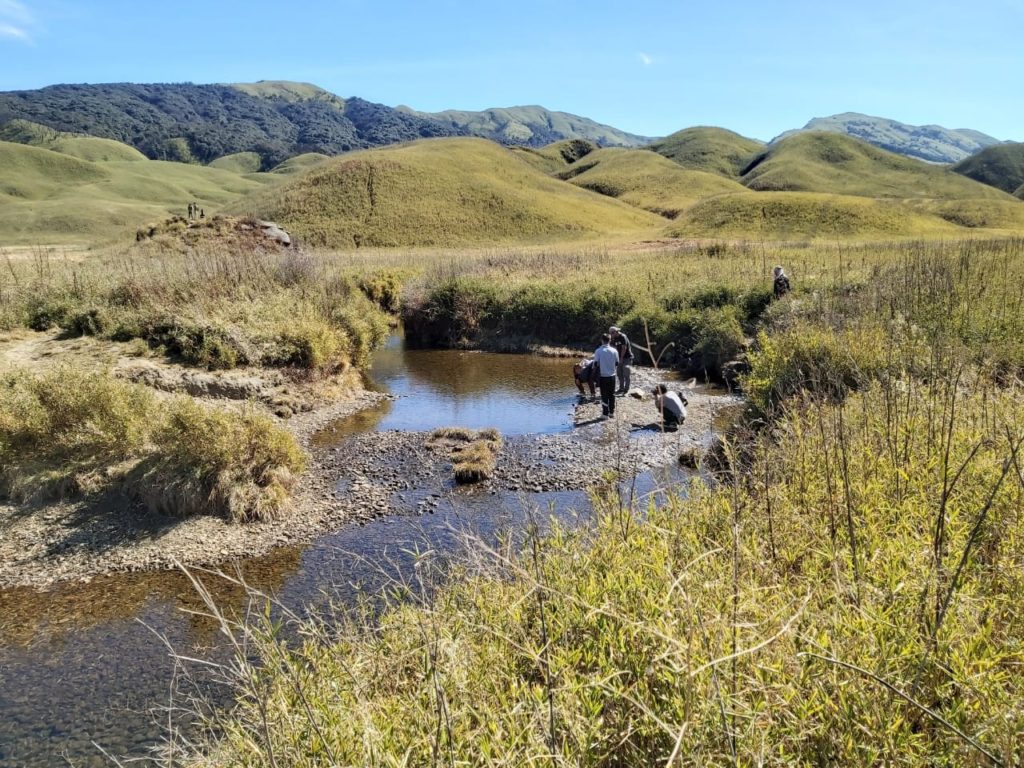

Although it is possible to reach the Dzukou valley and return to Kohima in one day, visitors would be well advised to spend at least one night there to enjoy the beauty of their surroundings. You can either opt for a full service camping experience with tents, guide and porters offered by a reputed adventure travel outfit like India Trails www.indiatrail.org or you can stay in the private rooms and dormitories of the rest houses which have rudimentary sleeping and toilet facilities and a common kitchen. The latter are maintained by the South Angami Youth Organisation (SAYO) and are the only human settlements allowed in the entire valley.
Be sure to carry enough warm clothes and to wrap up tightly before the sun goes down as temperatures drop to freezing at night. The sunset comes early in this far eastern corner of India and is sure to take your breath away with the flat line of dark hills lit up like all the fires of hell are burning just out of sight. But on this side is a small piece of heaven on earth and if you wake up early enough, you can wander down to the frozen valley and its gentle streams covered in sheets of ice. As the sun comes up, it lights up the lone metal cross, silent sentinel to the serene beauty of this place. Not a bird or an animal breaks the silence which makes the Dzukou valley all the more magical and mysterious.
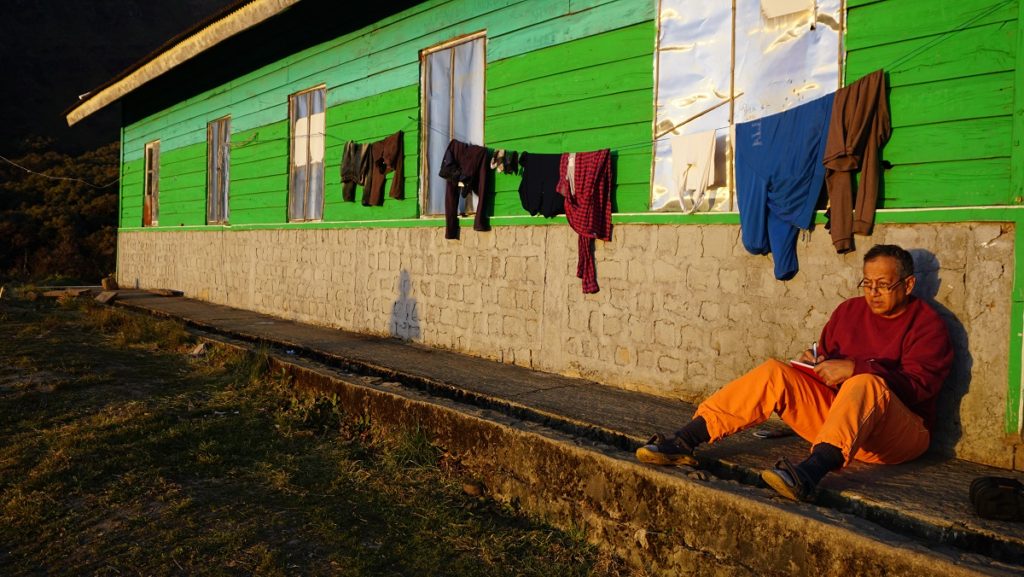

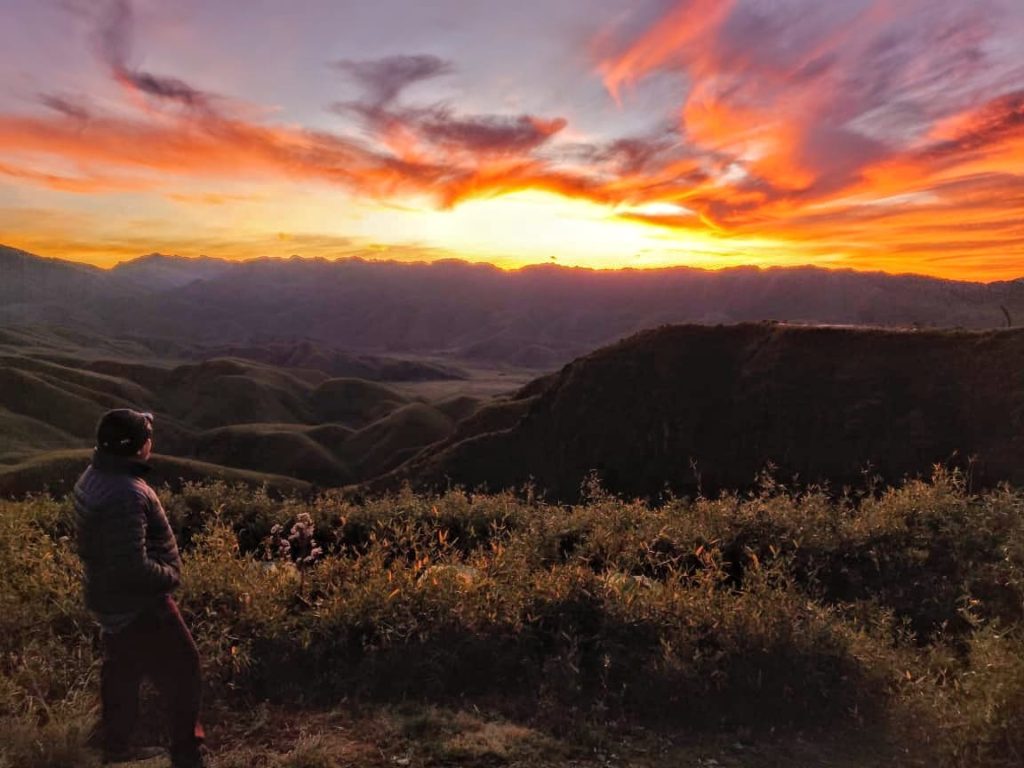

![]()
![]()

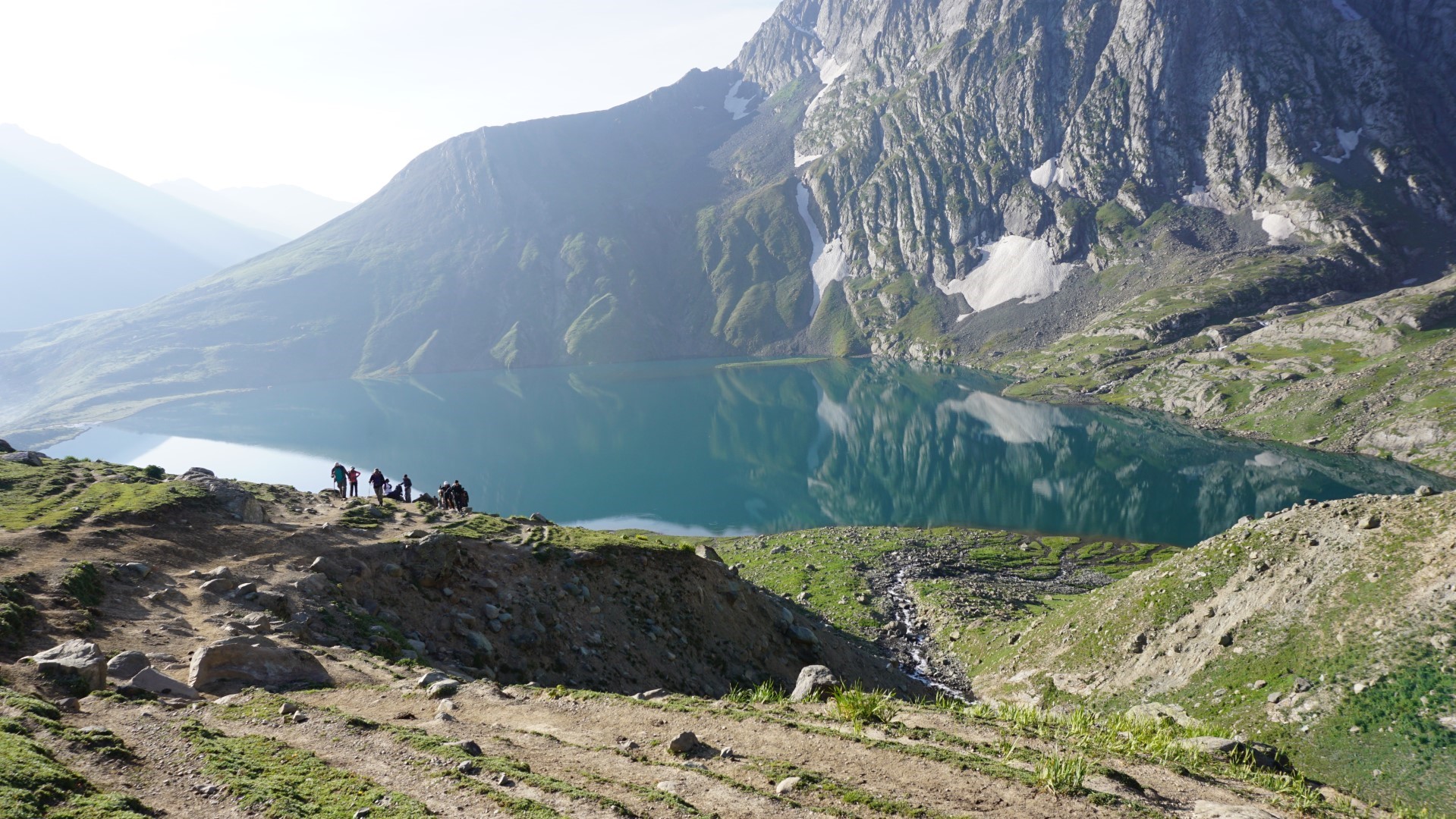
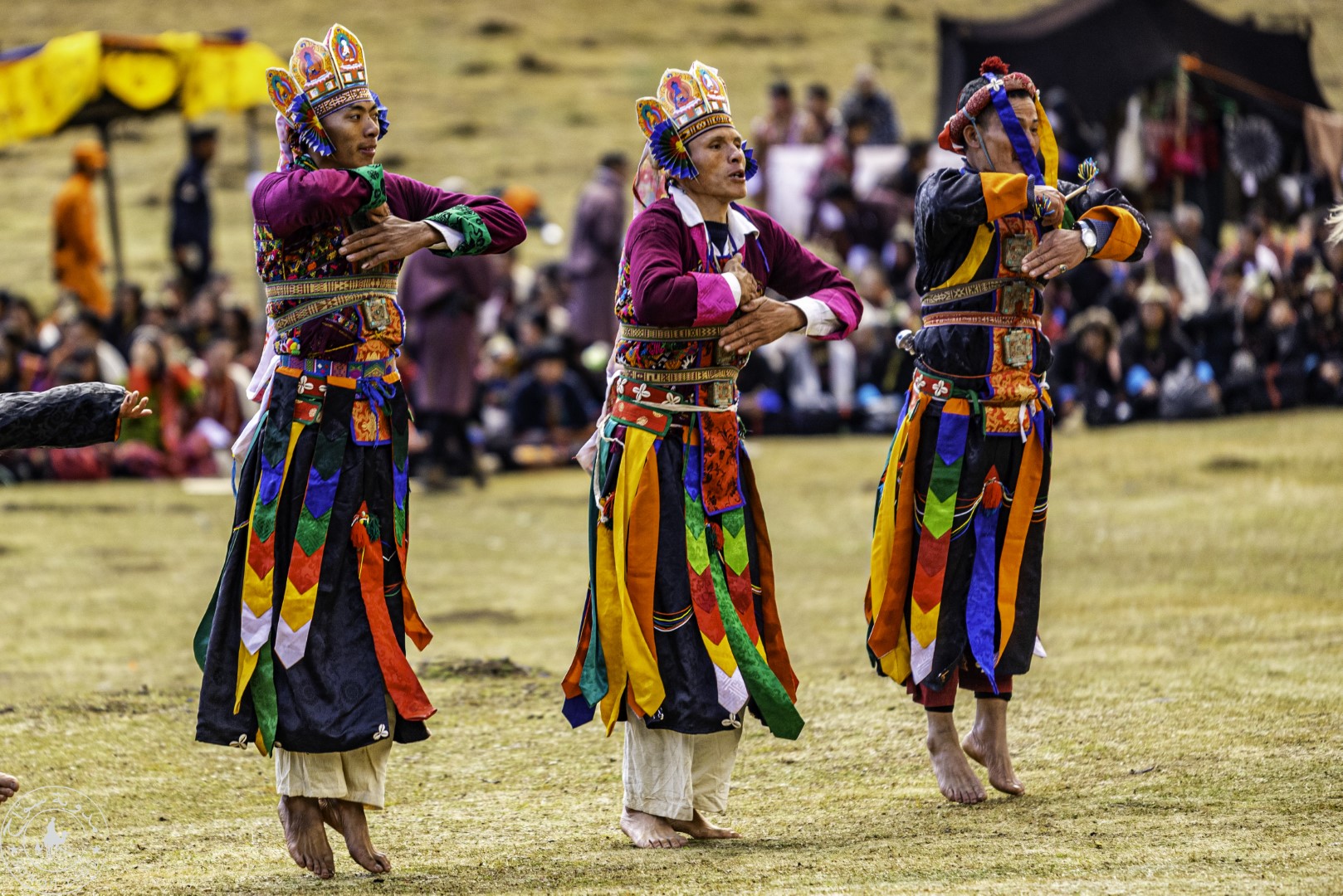
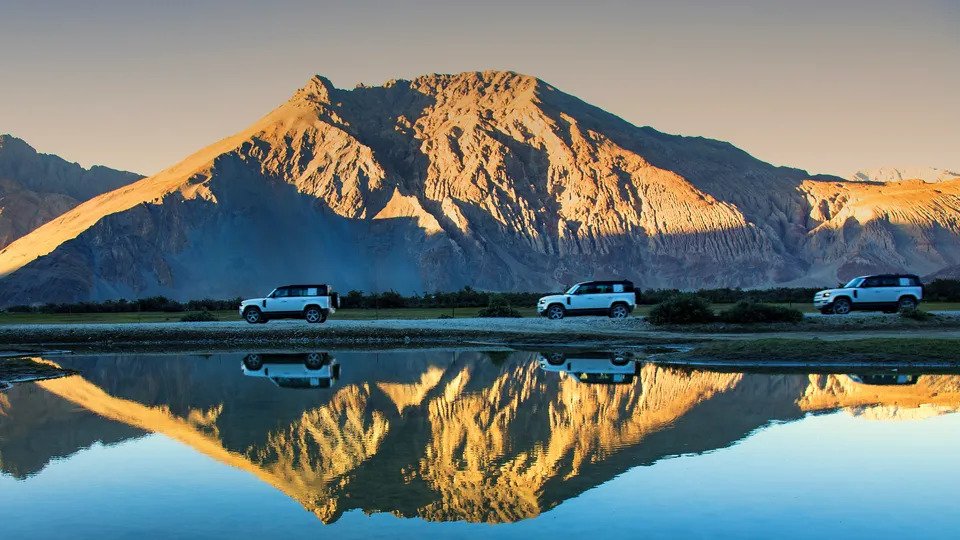

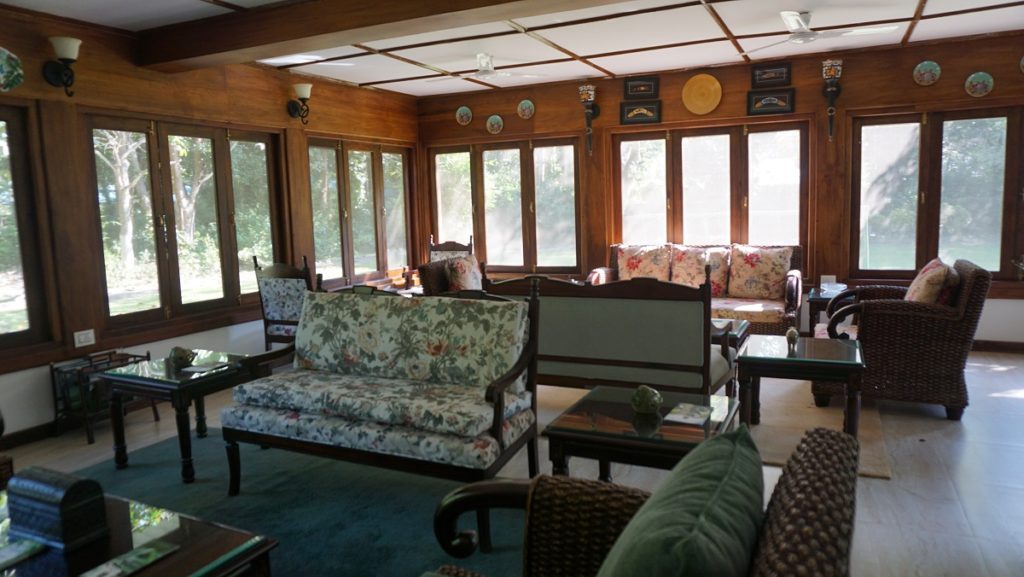
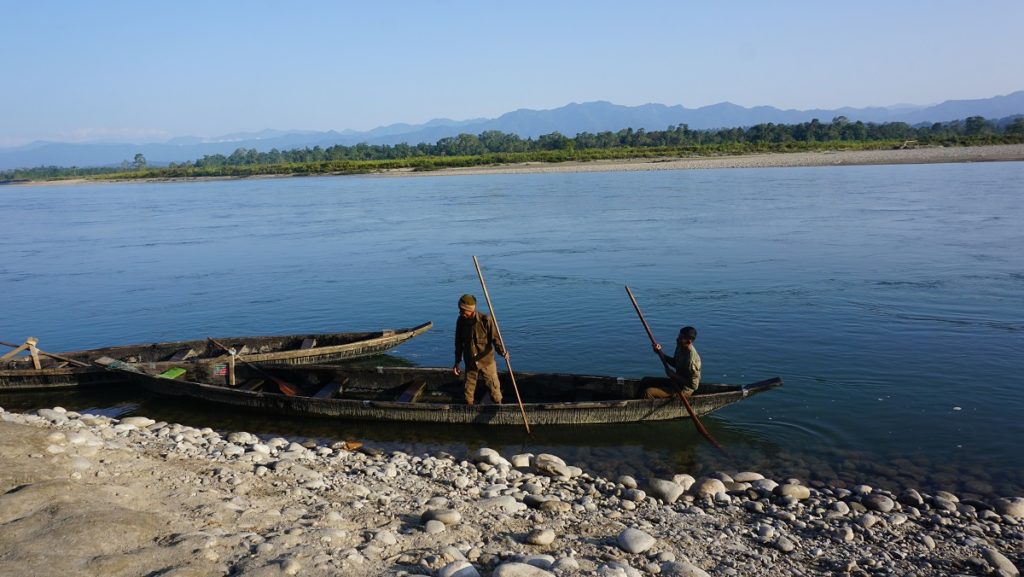
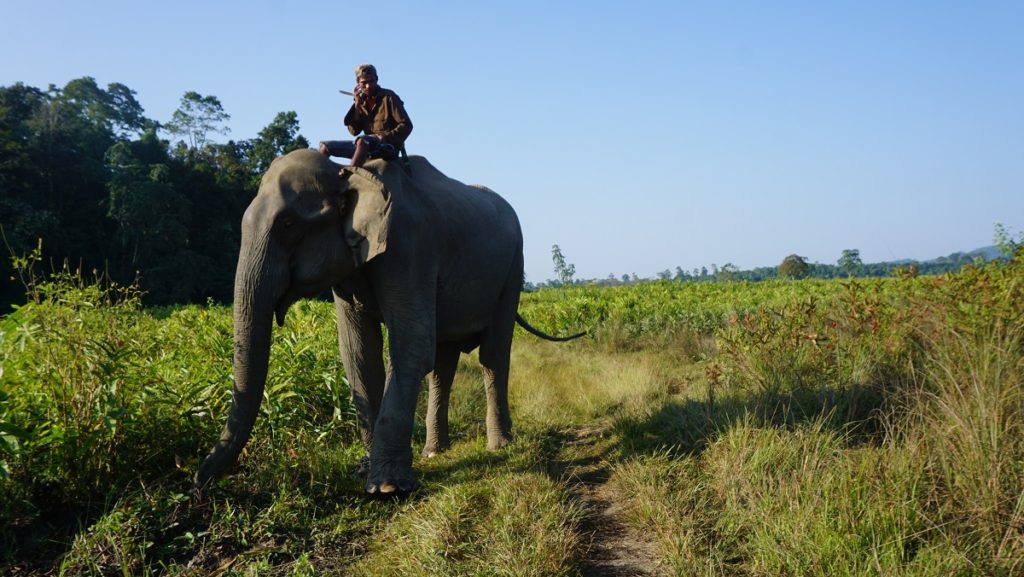
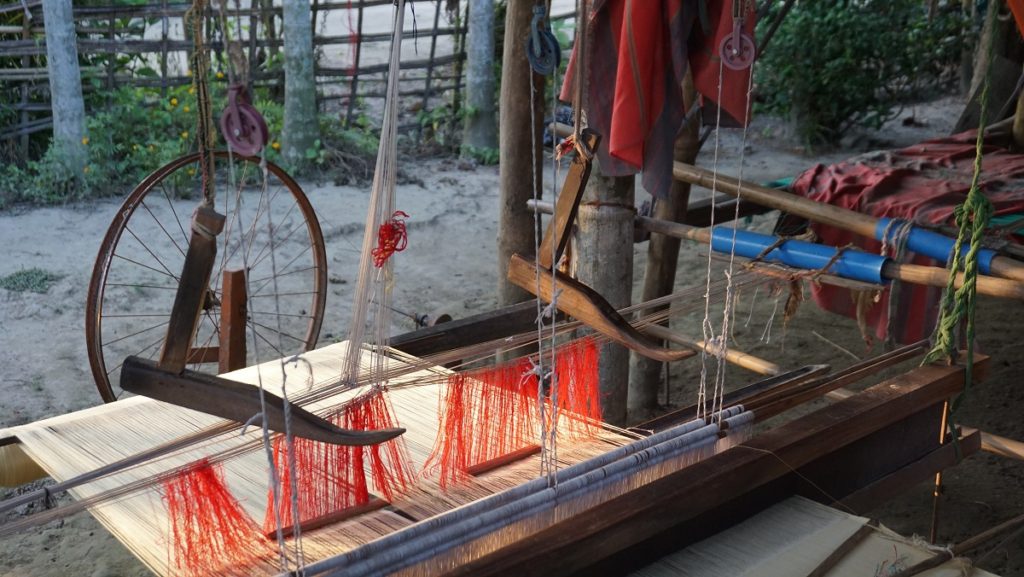
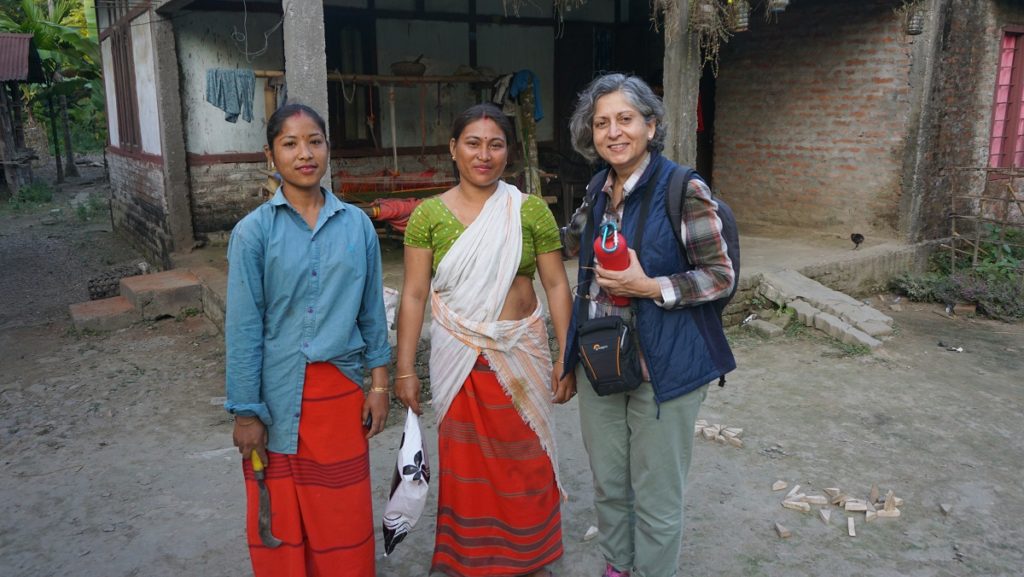
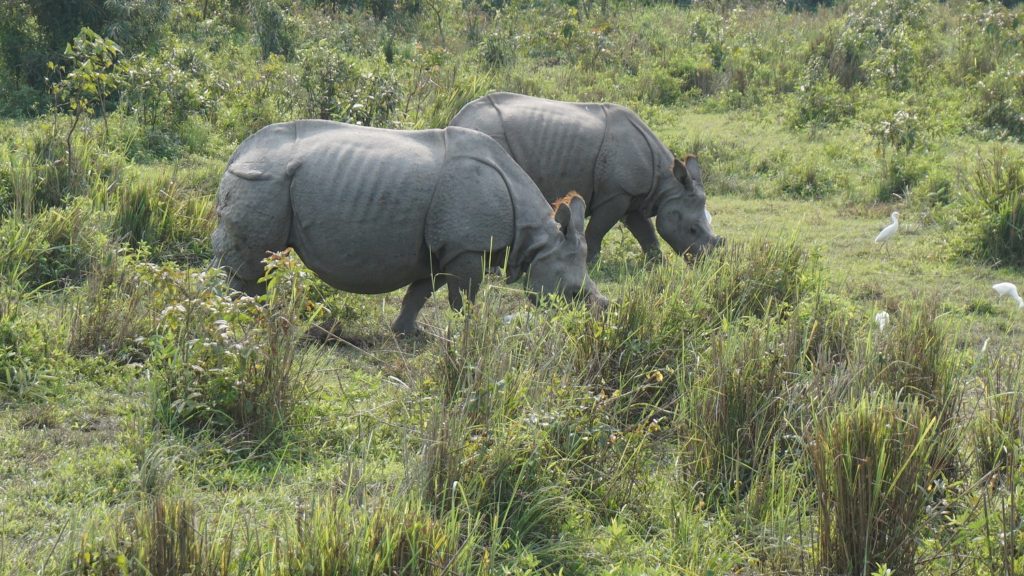

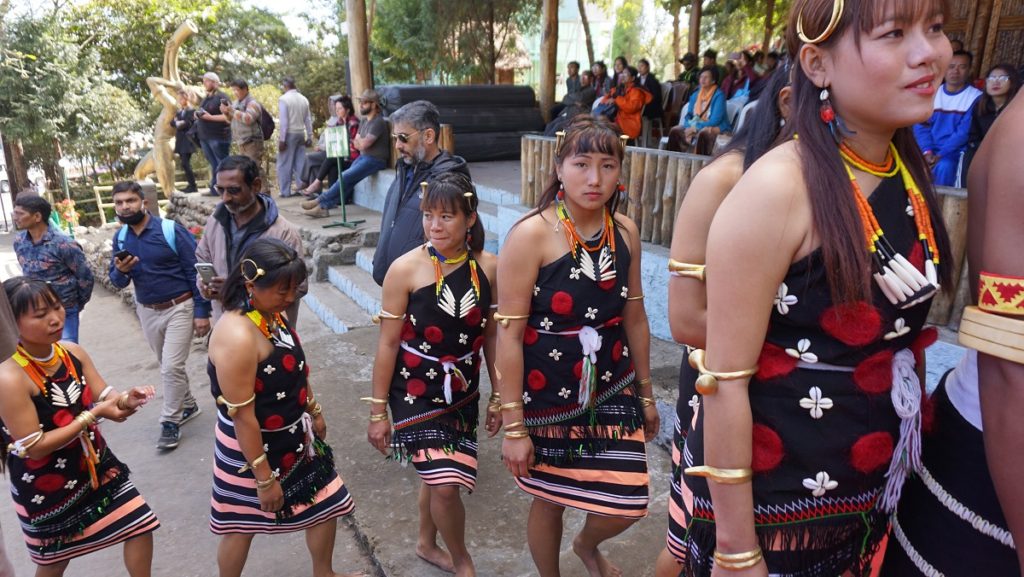


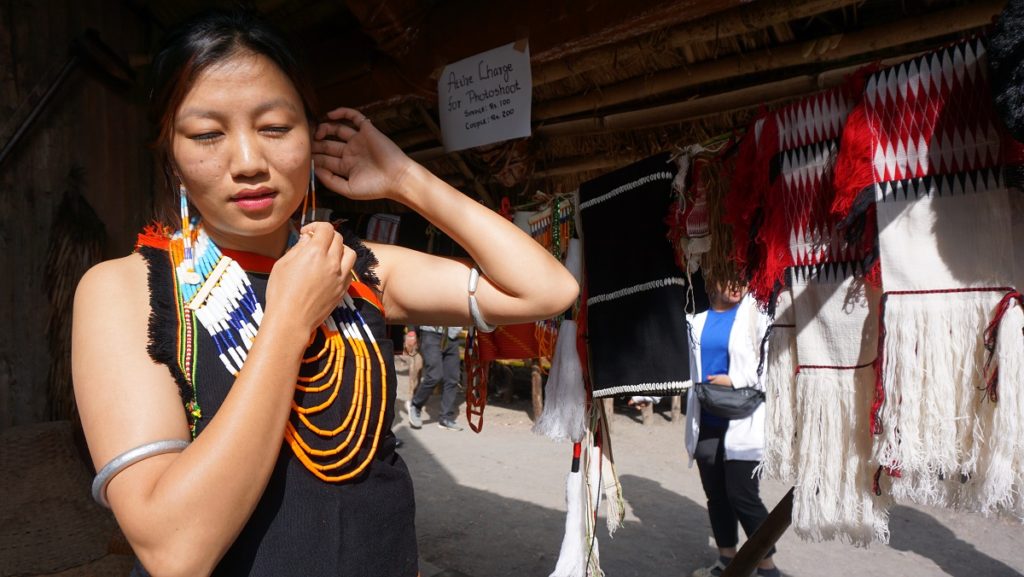
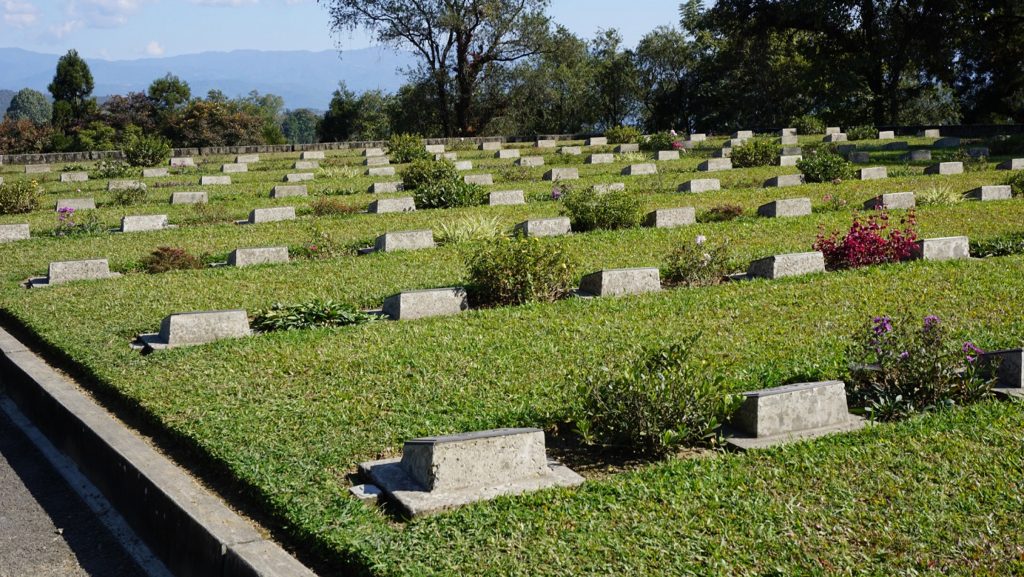

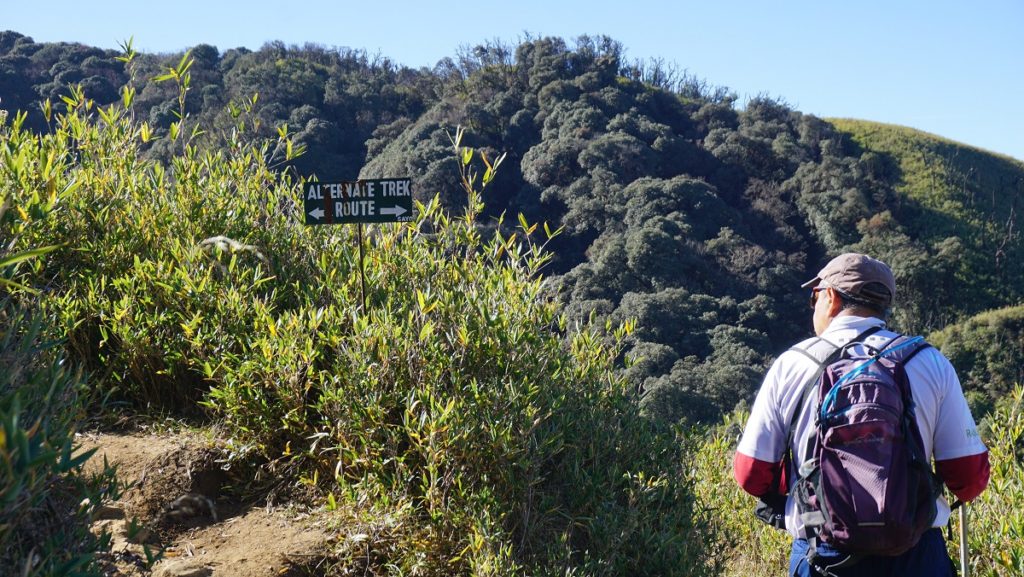
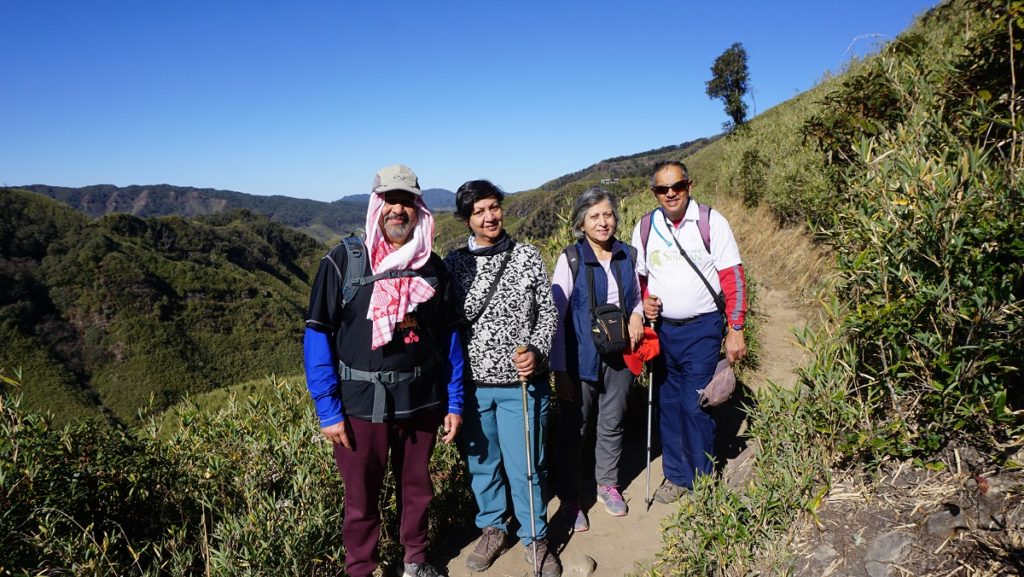


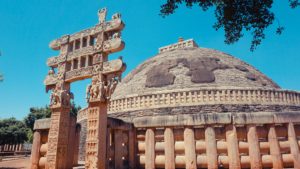
Excellent article. Makes one want to go there
That is high praise indeed !! Yes it is a wonderful part of India to visit and well worth the effort. Thanks so much for reading :))
Thanks for sharing your extensive and deep dive visit to a virtually unknown and largely unexplored corner – The North East . Good insights to food , culture , adventure and history esp Kohima – the battleground in the WWIi – the Unforgotten Indian heroes fighting against each other for foreign powers !
Thank you so much for reading so diligently 🙂 Yes I did think it was an amazing adventure into the unknown. So few Indians know about our own Near Abroad and so many have misconceptions about it. The Battle for Kohima is being expanded into a lengthier peace for CNN Travel and that link will be published on the website soon !
Thank you Ranjan for sharing your stories, love to visit Northeast India, particularly Darjeeling. Growing up in Bangladesh, we heard so much of Darjeeling for holidays, tea gardens and private schools. A destination in our bucket list. Were you take this trip with Saroj in August, no issues with COVID?
Stay well my dear friend and live the moment.
Best wishes to you both.
~Osman
Thanks for reading Osman. Darjeeling in West Bengal doesn’t really qualify as NE India though I do have a story on it posted earlier which you might like to read https://ranjanpal.com/blog/trip-to-east-darjeeling-memory-lane-part-two/ NE India is actually the seven sister states of Arunachal Pradesh, Assam, Meghalaya, Tripura, Nagaland, Mizoram and Manipur And actually this story was written more than a year ago in November 2019 long before we even heard of COVID-19 !! It then appeared in print in the Vistara Airways inflight magazine March 2020 issue and we are reposting it on our website just now. Sorry about the confusion.
Great article – Thk
Thanks for reading Mabet………..XXX
Very nice article.But you should visit Meghalaya too, very beautiful place.
Only could get the Assam and Nagaland bits arranged for this visit. Next time for sure. Thanks for reading Shilpinath…….XXX
Exceptional write up on an exceptional part of the country 👏👏
Thank you so much 🙏🏽🙏🏽 Yes I agree that the Northeast is so exceptional and so different and we know so little about it. The Seven Sisters are Arunachal Pradesh, Assam, Meghalaya, Manipur, Mizoram, Nagaland and Tripura and each has something special. In the end we only did Assam (Wild Mahseer and Kaziranga) and Nagaland (Kohima and the Dzukou Valley) but honestly there is so much to see. The trip was anchored around the Hornbill Festival in Kohima which has to be top of your list (first ten days of December) and took us about 10-12 days in all. The main problem in the NE is that things are really spread out and far flung and connectivity is not good at all. For example the distance from Kaziranga to Kohima is only 240 KM but it takes 8 hours as the roads are not good.